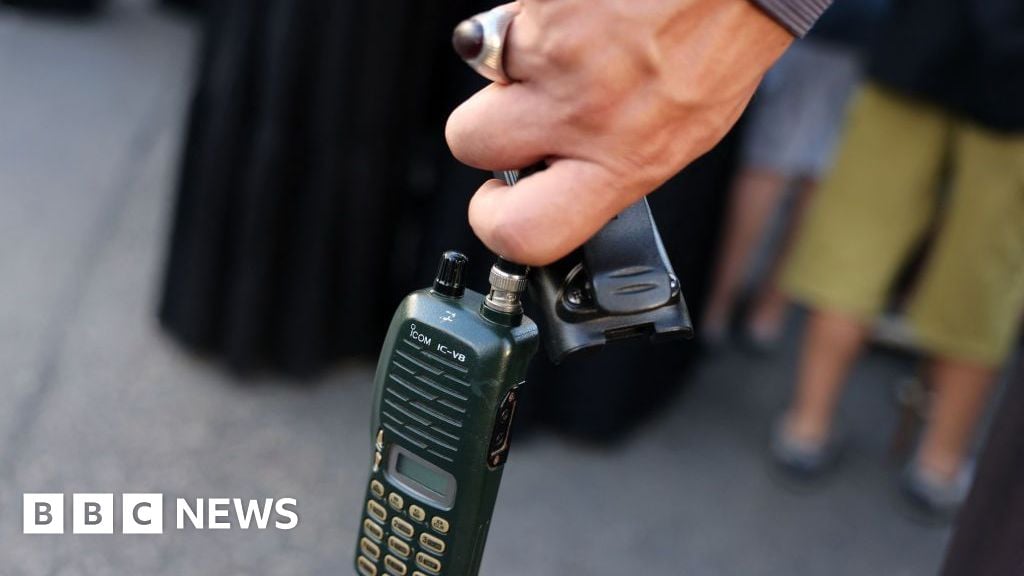A Japanese handheld radio manufacturer has distanced itself from walkie-talkies bearing its logo that exploded in Lebanon, saying it discontinued production of the devices a decade ago.
At least 20 people were killed and 450 injured after hundreds of walkie-talkies, some reportedly used by the armed group Hezbollah, exploded across Lebanon on Wednesday.
The devices, according to photos and video of the aftermath of the attack, appear to be IC-V82 transceivers made by Icom, an Osaka-based telecommunications manufacturer.
But Icom says it hasn’t produced or exported IC-V82s, nor the batteries needed to operate them, for 10 years.
It is the second Asian company to be embroiled in bombing incidents in Lebanon this week, after thousands of exploding pagers seemingly linked to Taiwanese firm Gold Apollo killed at least 12 people and injured more than 2,000.



I recently commented on NCD with a twelve-year-old, humorous-given-present-context review I found of that radio on eham, when apparently counterfeit IC-V82 radios were a serious problem:
https://www.eham.net/reviews/view-product?id=5046
Words of wisdom there, eham.net.
https://jpost.com/breaking-news/article-820808